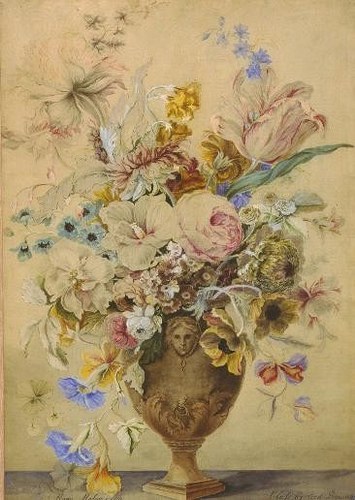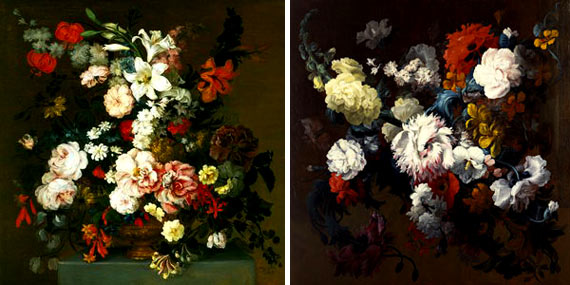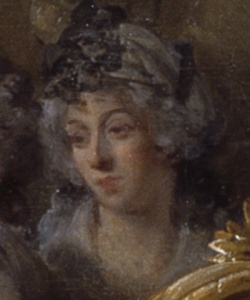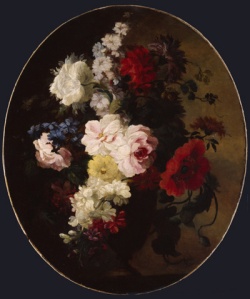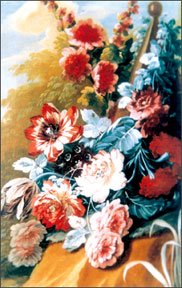<Back to Index>
- Journalist Klas Pontus Arnoldson, 1844
- Painter Mary Moser, 1744
- 26th President of the United States Theodore "Teddy" Roosevelt, 1858
PAGE SPONSOR
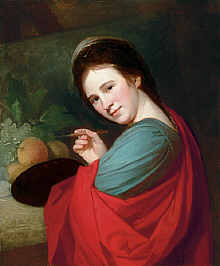
Mary Moser (27 October 1744 – 2 May 1819) was an English painter and one of the most celebrated women artists of 18th century Britain. One of only two female founding members of the Royal Academy (1768), Moser is particularly noted for her depictions of flowers.
London born Moser was trained by her Swiss born artist and enameller father George Michael Moser (1706 – 1783) and her talents were evident at an early age: she won her first Society of Arts medal at 14, and regularly exhibited flower pieces, and occasional history paintings, at the Society of Artists. Ten years later, however, her thirst for professional recognition led her to join with 35 other artists (including her father) in forming the Royal Academy, and, with Angelica Kauffmann, she took an active role in proceedings.
In a group portrait by Johann Zoffany, "The Academicians of the Royal Academy" (1771-2), members are shown gathered around a nude male model at a time when women were excluded from such training in order to protect their modesty. So that Moser and Kauffman could be included, Zoffany added them as portraits hanging on the wall.
George Romney (c. 1770) painted a portrait of Moser at work on a still life which was acquired by the National Portrait Gallery (London) in 2003.
In the 1790s, Moser received a prestigious commission from Queen Charlotte to complete a floral decorative scheme for Frogmore House in Windsor, Berkshire. This was to prove one of her last professional works; following marriage to a Mr. Hugh Lloyd in 1793 she retired and began exhibiting as an amateur (including works at the Royal Academy until 1802).
At this period Moser had an open affair with Richard Cosway, who was then separated from his wife Maria. She travelled with him for six months on a sketching tour in 1793. In his notebooks he made "lascivious statements" and "invidious comparisons between her and Mrs Cosway", implying that she was much more sexually responsive than his wife.
After Moser's death in 1819, no further women were elected as full members of the Academy until Dame Laura Knight in 1936.
